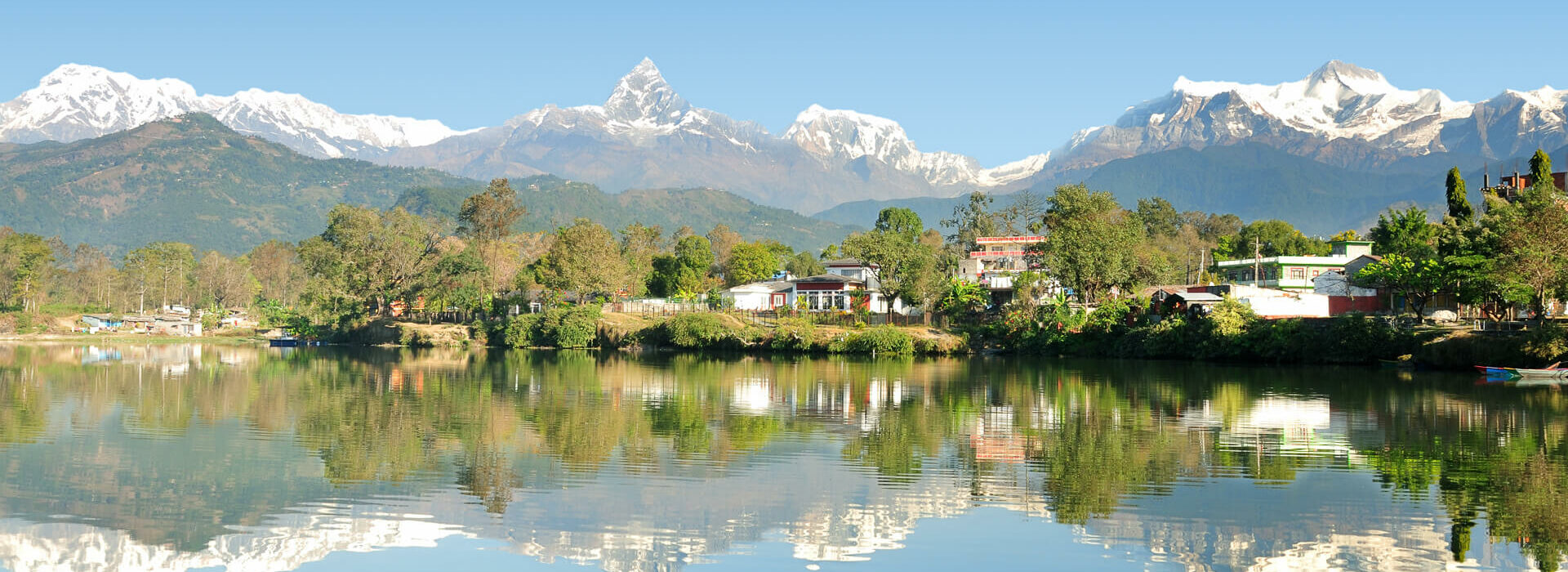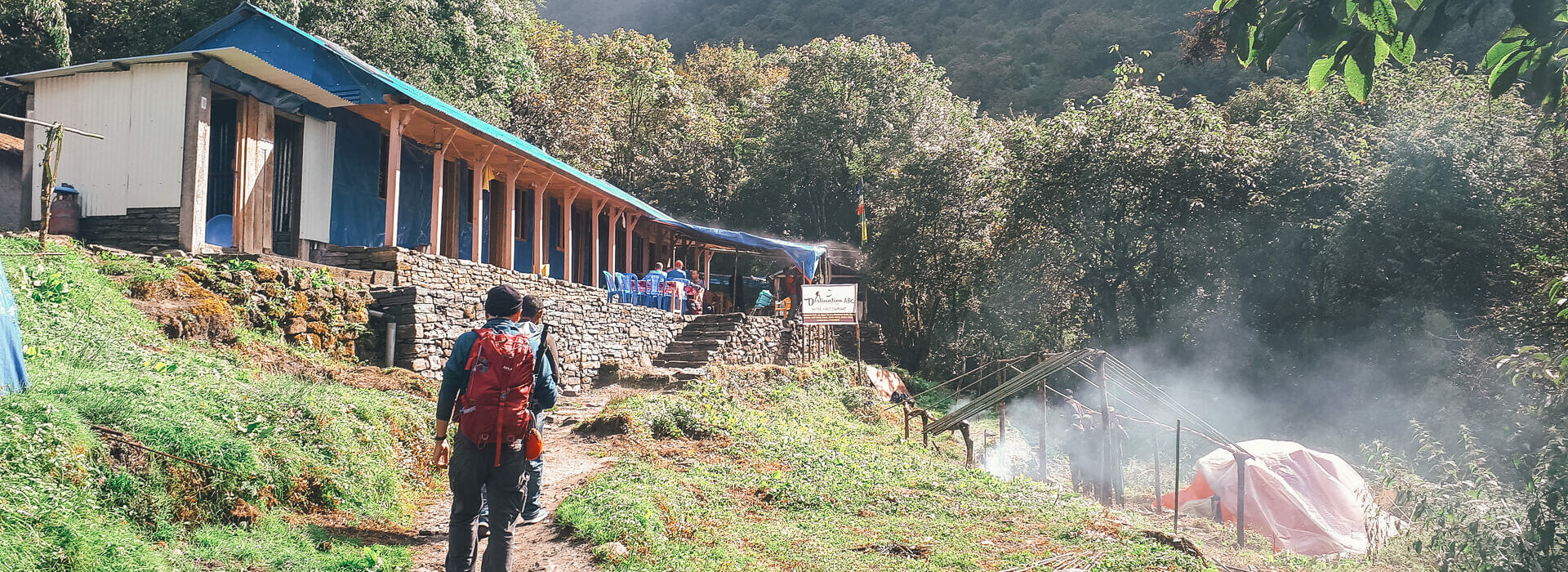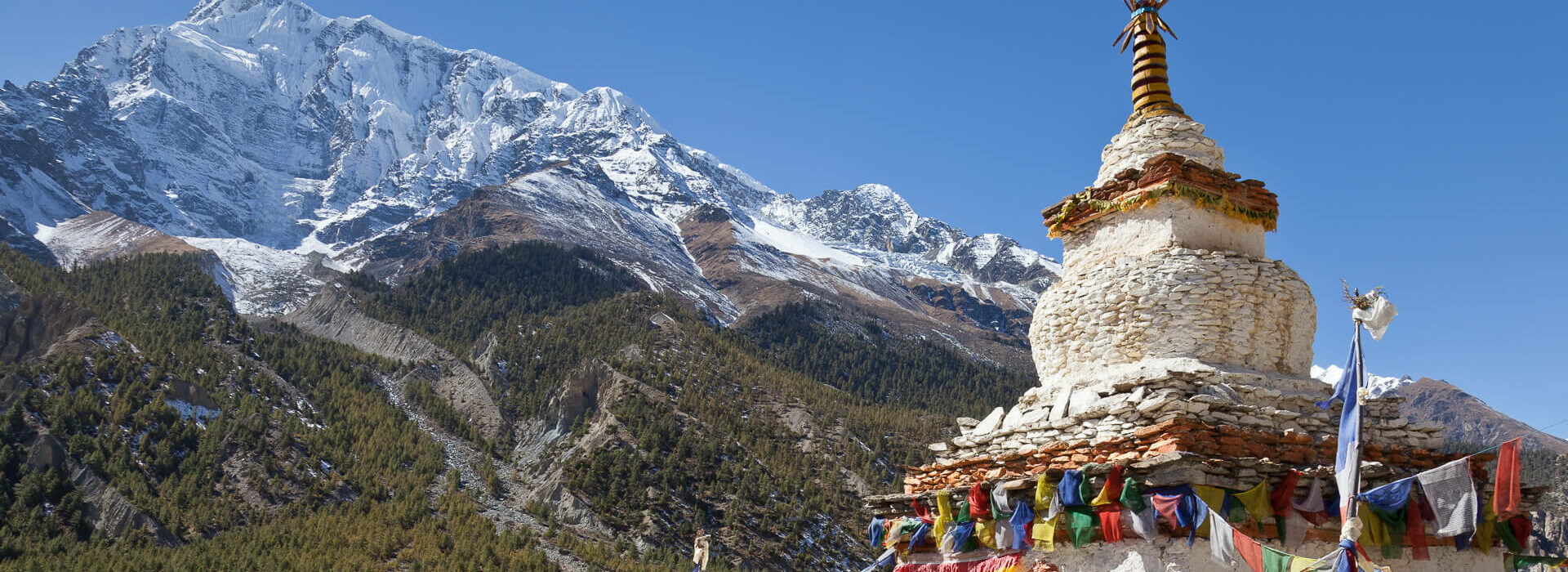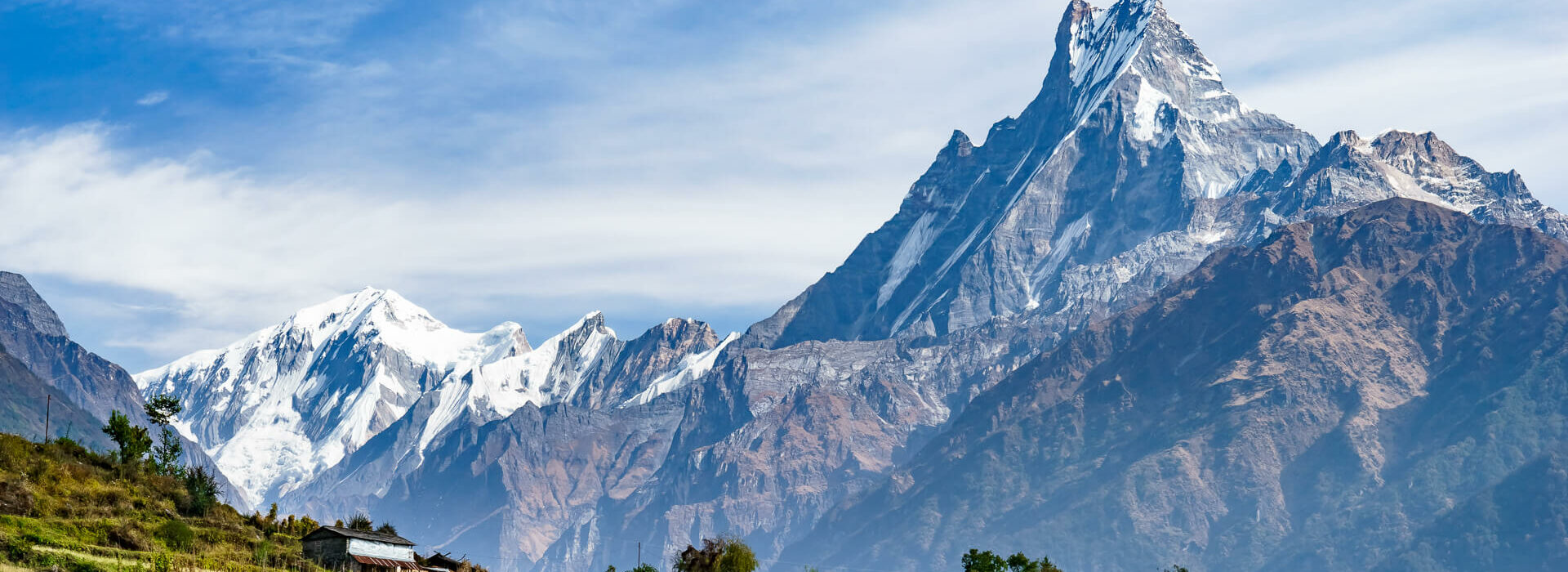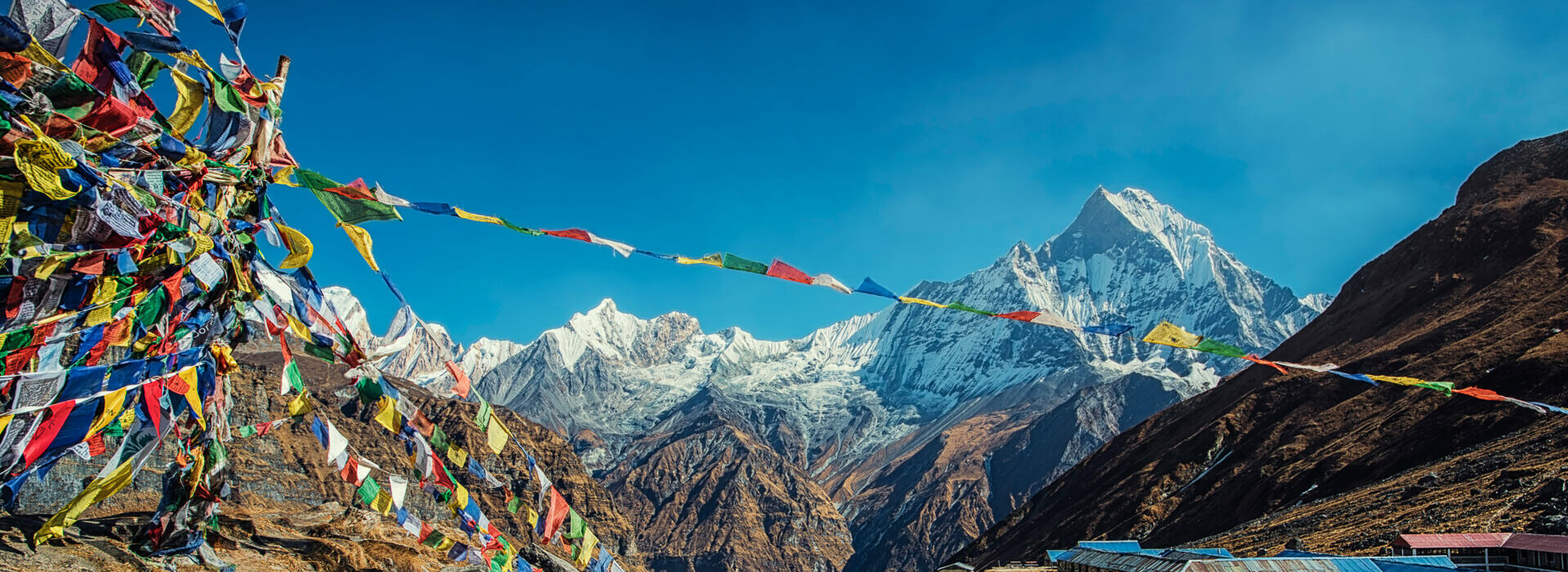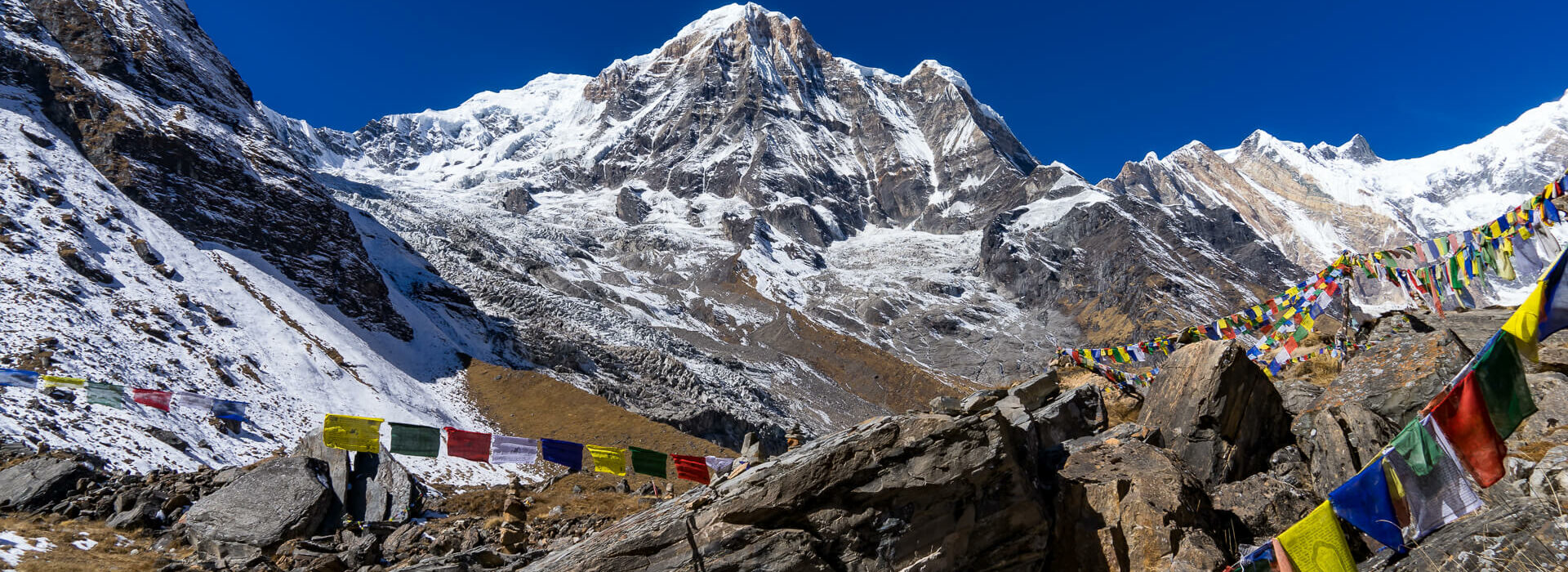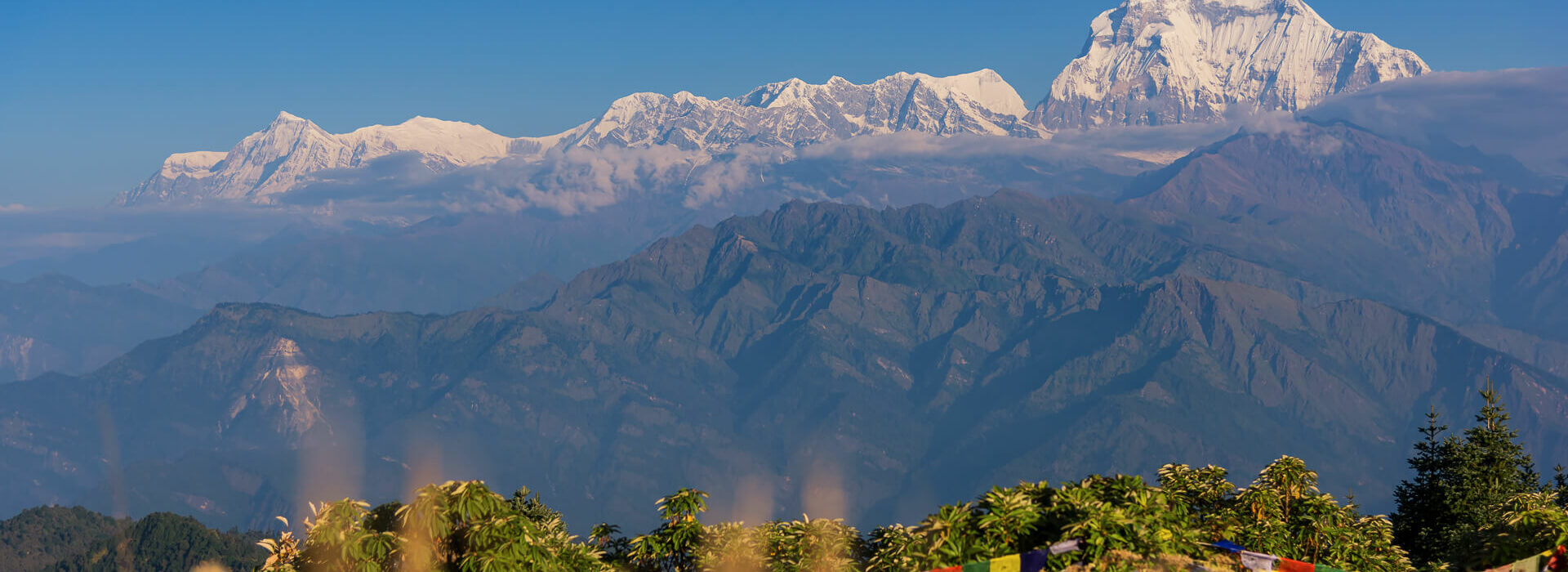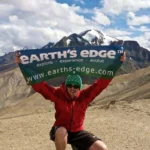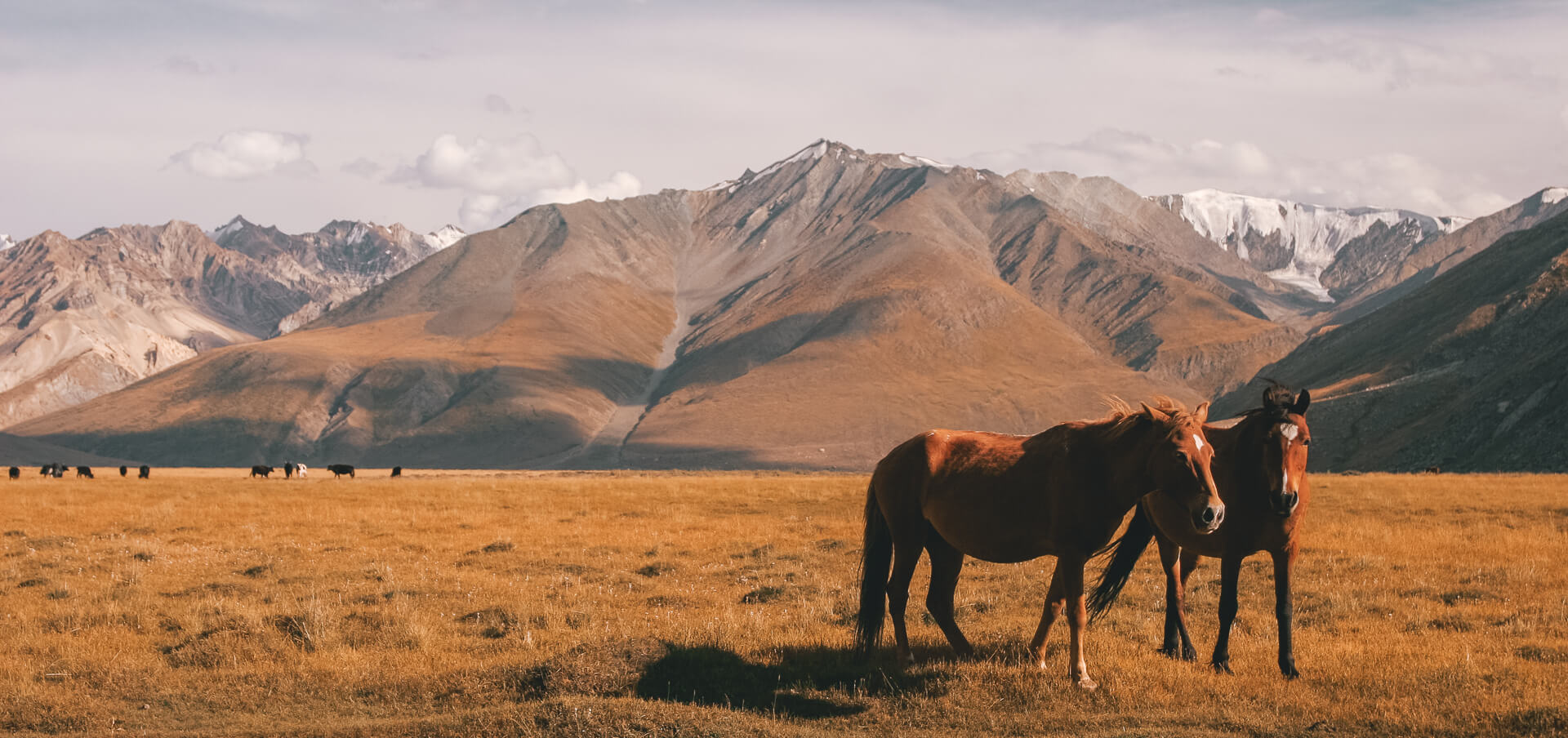Overview
We are the only company in the world who have an expedition leader and doctor on all Annapurna Base Camp (4,130m) expeditions while keeping group sizes sustainably small. Established in 2007, we offer high altitude trekking and mountaineering in some of the most breath-taking locations around the world.
Trekking Annapurna Base Camp
Our 14-day itinerary includes 10 days of trekking. We begin our adventure in Pokhara, a city which was only accessible by foot until the 1960s. It lies on an old trading route between India and China and has become one of Nepal’s main cities. We spend our first day there preparing for the trail to come, relaxing and soaking up the bustling atmosphere of the city.
We follow a stunningly beautiful route to Annapurna Base Camp. Our first days on the trail are spent meandering through lush alpine forest, following the river and passing many beautiful waterfalls. We will also take time each day to stop in the picturesque villages along the trail and enjoy a refreshing cup of chai while we rest our legs and observe the traditional Nepalese way of life around us. We stay in small locally run tea houses each night where our hosts are always waiting with a warm stove and a hot meal!
The night we spend in Annapurna Base Camp (4,130m) is undoubtedly the highlight of the trek. We arrive into camp early in the afternoon and spend the remainder of the day relaxing in our picturesque surroundings and taking plenty of photos! We rise early the next morning to watch the sun come up and fill the amphitheatre of giant peaks that surround us.
After returning to Pokhara and completing our trek we spend some time in Kathmandu – the country’s capital city and its largest. It is the centre of Nepal’s economy, history, art and culture. There is so much to see and do and the busy city is a thrilling contrast to the sedate pace of our quiet mountain life on the trail.
Annapurna Base Camp Expedition Costs & What’s Included
The total cost of trekking Annapurna Base Camp is highlighted above. You are required to pay a €399 deposit to secure your spot. A part payment of €1,000 is due six months prior to departure. You can pay the remaining balance by instalments or in full. All fees must be paid three months prior to departure.
Your fees include the following:
- Internal flights in Nepal
- Experienced expedition leader
- Experienced expedition doctor
- Training Weekend
- Earth’s Edge guides and a full support team.
- All accommodation based on twin sharing in hotels in Kathmandu & Pokhara. On the trek you will be staying in tea houses where the room configuration is a mixture of twin rooms and dormitories
- All meals and drinking water except in Kathmandu & Pokhara where accommodation is based on B&B
- A celebratory dinner
- All transport throughout the expedition
- All group gear consisting of a fully stocked med kit including an oxygen tank
- Earth’s Edge buff
Flights
Please consult us before booking your flights to ensure you arrive in time for the expedition briefing on the first day. It’s essential you do not miss this meeting.
Read our Annapurna Base Camp blogs
Do you fancy having more information on this expedition? We have lots of extra insight into our Annapurna Base Camp trips here.
Watch our info talk on Annapurna Base Camp
Earth’s Edge expedition leader Louise hosted a talk in the Great Outdoors in Dublin where she discussed the Annapurna Base Camp Trek. This is one of her favourite treks, and you can really hear how much she loves it in the talk. Enjoy! Read more about Annapurna on our blog.
Itinerary
Day 4
Pokhara to Nayapul to Ulleri, 7 hrs.
↓
Take the bus to Nayapul and trek to Ulleri. Altitude 2,050m.
Day 5
Ulleri to Ghorepani Upper, 6 hrs.
↓
We pass waterfalls, small villages and several tea houses to reach Ghorepani. Altitude 2,750m.
Day 6
Ghorepani to Tadapani via Poon Hill, 8 hrs.
↓
We rise early to trek to Poon Hill (3,210m) in time to see the sunrise over the mighty Himalayas. After breakfast, we follow the trail to Tadapani where we spend the night. Altitude 2,700m.
Day 7
Tadapani to Chhumrong, 5 hrs.
↓
Today is another great day on the trail as we begin to settle into the rhythm of mountain life. Altitude 2,170m.
Day 9
Bamboo to Deurali, 6 hrs.
↓
A challenging day today as we ascend over 900 metres to Deurali. Altitude 3,230m.
Day 10
Deurali to Annapurna Base Camp, 6 hrs.
↓
Today is a special day with some of the best views on the trek including Hiunchuli (6,441m), Annapurna South (7,219m), Annapurna I (8,091m), Annapurna III (7,555m), Gandharva Chuli (6,248m) and Gangapurna (7,545m). Altitude 4,130m.
Day 11
Annapurna Base Camp to Dovan, 7 hrs.
↓
After having breakfast in Annapurna Base Camp we retrace our steps back to Dovan which is situated before Bamboo. Altitude 2,505m.
Day 12
Dovan to Jhinu Danda, 8 hrs
↓
Two big ascents today but the views are spectacular and the trail brings us to the bustling little village of Jhinu Danda which is full of colour and atmosphere. Altitude 1,760m.
Day 13
Jhinu Danda to Siwal, 4 hrs. Drive to Pokhara.
↓
Our last day on the trail is an easy one as we walk through the beautiful hilly countryside to reach the finishing point of our trek in Siwal. From there we drive to Pokhara where you have a free afternoon to explore the city or relax.
Day 14
Fly Pokhara to Kathmandu.
↓
Fly back to Kathmandu in the morning. Enjoy a special celebratory meal in the evening.
Facts
Annapurna doesn't refer to one mountain, but rather a massif with multiple peaks. It has one peak over 8,000 metres, thirteen peaks over 7,000 metres and sixteen others over 6,000 metres!
Annapurna I is one of only 14 mountains in the world that stands over 8,000 metres and it is often considered the most difficult to summit.
Because of the height of the surrounding mountains, there are completely different ecosystems on different sides of the mountains. The slopes that face south tend to have thick tropical jungles, but the Northern slopes tend to be colder and drier.
People of the Khumbu region are called Sherpas who have adapted to living in high altitude conditions for generations. Sherpas are key sources of climbing expertise, advice and help. Most Sherpas under the age of 50 tend to have a good level of English.
Best time to trek to Annapurna Base Camp?
For the clearest views and weather conditions, we travel to Annapurna Base Camp in the spring (April/May). During this time, the temperatures are moderate, ranging from 10°C to 20°C during the day at lower altitudes, and slightly cooler at higher elevations. Clear skies and stable weather patterns minimise the risk of any weather-related disruptions. The daytime warmth and cool nights also contribute to comfortable trekking conditions. Minimal haze provides the best views of the surrounding mountain panoramas.
What do you need to trek Annapurna Base Camp?
We have an extensive packing list on what you should bring with you when trekking Annapurna Base Camp.
How to prepare to trek Annapurna Base Camp
We have classified Annapurna Base Camp as a level 3 expedition. We expect participants to have a very good level of fitness. Although this is not a technical climb, it is very steep in places and you will be gaining height very quickly. For many people it will be the hardest physical challenge of their lives. The group moves at a comfortable pace and nobody is ever left behind. We recommend that you read our detailed Annapurna Base Camp information pack before signing up.
 Certified B-Corp
Certified B-Corp
Earth's Edge is a certified B-Corp. In fact, we are the highest scoring B-Corp in Ireland. We are passionate about sustainable travel, bettering the lives of the people connected with the company and minimising our environmental impact.
 Tree Planting
Tree Planting
We plant 8 native trees in Nepal for each person that travels with us in partnership with Eden Reforestation Projects. If you would like to plant more, please contact info@earths-edge.com. Each extra tree costs €0.75 cents. Learn more about our tree planting project here.
